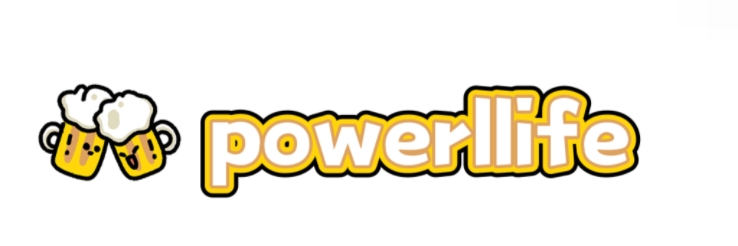Decoding Clothing Labels: Functions, Rules, and Requirements
For more information, please visit Jiamei Labels.
In the bustling world of fashion and apparel, clothing labels often go unnoticed, yet they hold vital information that can significantly influence our purchasing decisions. Understanding what these labels mean is crucial for consumers who care about their health, the environment, and their wallet. Here, we’ll delve into the various aspects of clothing labels, including their functions, the rules they must follow, and what consumers should be aware of.
Functions of Clothing Labels
Clothing labels serve several essential functions. First and foremost, they provide information on the care and maintenance of the garment. For example, labels typically feature symbols denoting washing instructions, drying methods, and ironing temperatures. This minimization of guesswork can help prolong the life of your clothes, saving you money over time.
Additionally, clothing labels communicate the materials used in the fabric. Knowing whether a garment is made from natural fibers like cotton or wool, or synthetic fibers like polyester or nylon can inform consumers about comfort, breathability, durability, and potential allergic reactions. Furthermore, this information is paramount for those who prioritize sustainable fashion; understanding the material allows ethical shoppers to make informed choices that align with their values.
Clothing labels also fulfill legal obligations. In several countries, including the United States and members of the European Union, manufacturers must comply with labeling regulations that mandate the inclusion of specific information, thereby promoting transparency within the industry.
Rules and Requirements for Labels
Legislation surrounding clothing labels varies by country, but some common elements are universally recognized. For instance, the Fiber Content Rule in the U.S. requires that labels identify the fibers present in the fabric in descending order of prominence, ensuring consumers know exactly what they are purchasing. Those made from less than five percent of the fabric can be labeled as "other fibers," but should still be mentioned on the care label if they could cause an allergic reaction.
Furthermore, the Fair Labor Standards Act mandates that manufacturers disclose the country of origin. This encourages consumers to make ethical choices regarding where and how their clothing is produced. However, it is essential to understand that just because a garment says “Made in USA” does not necessarily mean it was produced under fair labor conditions.
Another critical requirement is the care label itself, which must inform consumers how to properly maintain their garments. This labeling includes washing instructions (like hand wash, machine wash, or dry clean only), drying instructions (which may indicate whether to tumble dry or hang dry), and ironing guidelines (such as “iron on low heat”). Typically, the care label must be attached in a visibly accessible position so consumers can see it before making a purchase decision.
Deciphering Symbols and Terminology
Understanding these symbols is particularly important in today’s global marketplace, where one might purchase clothing from a variety of countries that use different languages and standards. Familiarity with these symbols can prevent mishaps such as shrinking wool sweaters or ruining delicate garments with incorrect care practices.
The Importance of Transparency
With the rise of ethical consumerism, there is an increasing demand for transparency in fashion. Labels providing information about sourcing, environmental impact, and fair labor practices resonate strongly with modern consumers. As a result, brands that can effectively communicate their standards through clear labeling will likely build stronger trust and loyalty among their customers.
Moreover, with the advent of technology, digital labels are becoming more common. QR codes that direct consumers to a garment's online page can provide far more information than a simple sewn label. These digital innovations can include a brand’s sustainability practices, the lifecycle of the product, and opportunities for recycling. This shift not only meets the growing demand for transparency but also enhances the customer experience.
Conclusion: Empowerment Through Knowledge
In conclusion, while clothing labels may seem mundane, they are powerful tools for consumers seeking to make informed choices about their purchases. From understanding care instructions to recognizing fiber content, being knowledgeable about these labels empowers individuals to choose clothing that aligns with their lifestyle, values, and ethics. By decoding clothing labels, we can navigate the complex world of fashion with confidence, ensuring our wardrobes are not only stylish but also smart.
Click here to get more.
If you want to learn more, please visit our website functions and requirements of clothing labels odm.

Comments